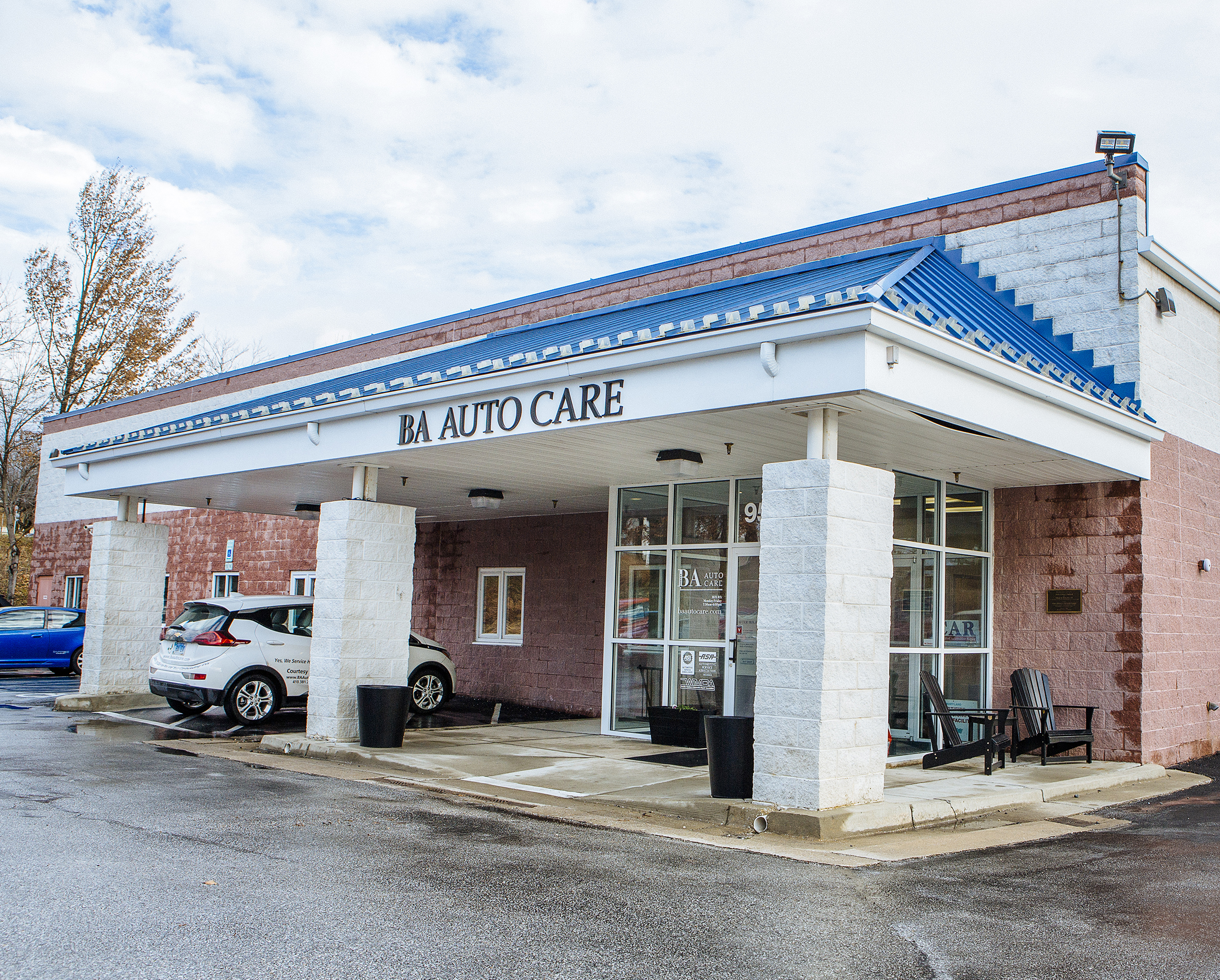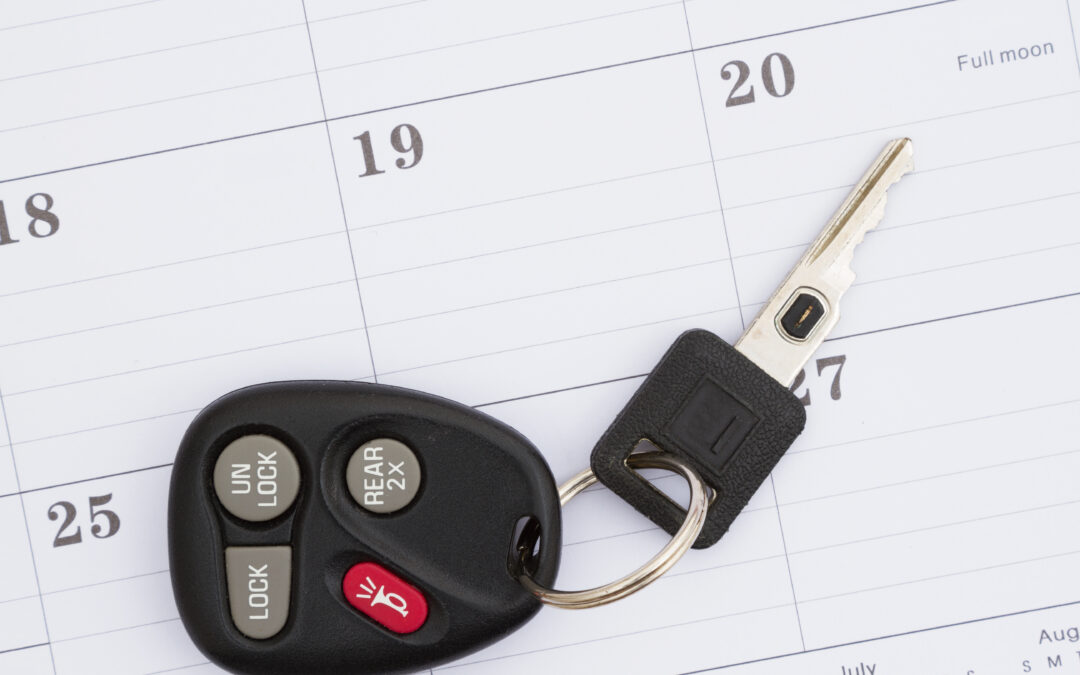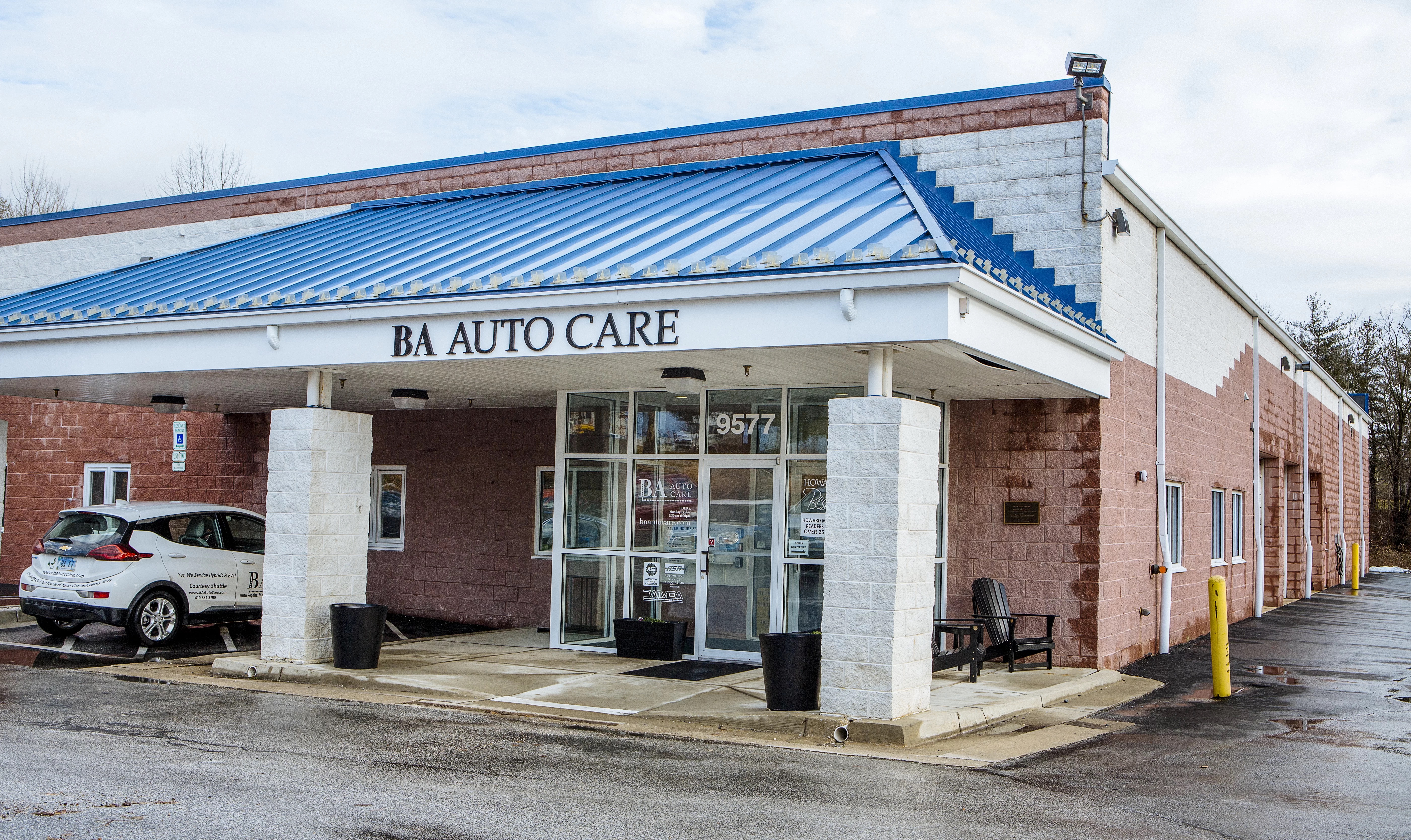You will sail through the Maryland VEIP if you own a vehicle newer than 1996 and the check engine light has not been on for about a week. Also, you’ll need to make sure the tires are in good shape (i.e. no bald tires and no temporary spares) in order to have the car tested.
Most cars that have been properly maintained and have less than 100,000 miles will pass this inspection. It involves connecting a computer to your car, running ALL the emission monitors and making sure they meet the standards.
From the day your car was built, the on-board computer has been monitoring the systems that control your vehicle’s emissions. If for any reason one of these systems fails a test then the Check Engine Light will come on. Your car will fail if the Check Engine Light is on or if it has been on in the last few days. After a check engine light reset, the system takes about 3-5 days to run all the emissions test monitors, so it is best to wait about a week after the check engine light has been on before having your car inspected. After a week of regular driving, if the Check Engine Light has not come back on, go ahead and have your car inspected.
If you own a car older than 1996, you’ll need to check on a few more things. Make sure you have: no fluids leaking from the vehicle, no excessive smoke, a properly fitting gas cap, no dashboard warning lights, and an exhaust system that’s free of leaks or holes.
Here are the hours that you can have your vehicle inspected:
Monday, Thursday, Friday: 8:30 a.m. – 5:00 p.m.
Tuesday, Wednesday: 7:00 a.m. – 7:00 p.m.
Saturday: 7:00 a.m. – 1 p.m.
And, if you really want to sail through the VEIP, check the lines before you go.
Still need more info? Check out the MVA website or this more detailed blog post we did a while back.






